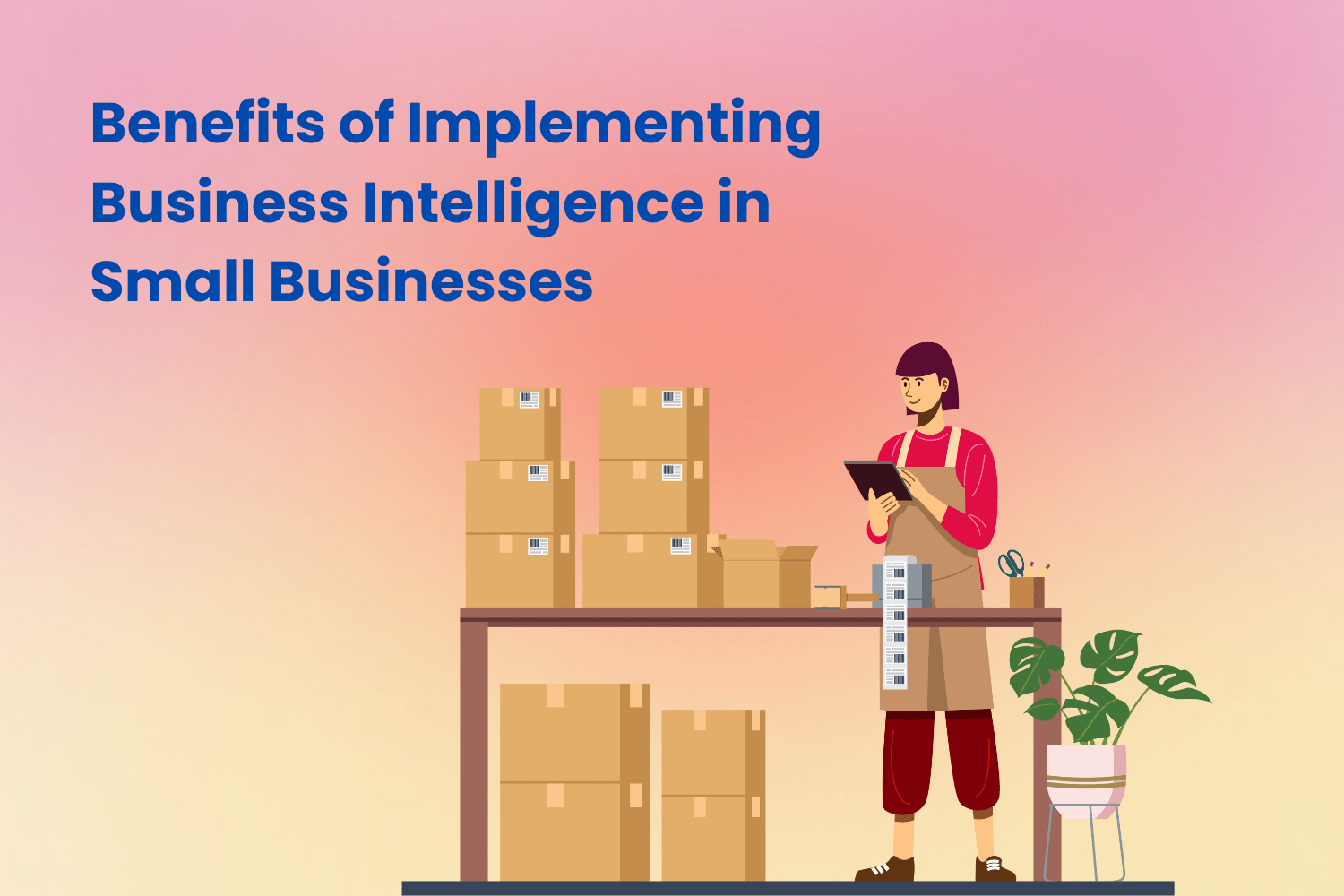
Small firms, like their larger counterparts, have the crucial responsibility of efficiently managing their data in order to generate significant insights. This issue is frequently the cause of lost opportunities, ineffective business practices, and, eventually, restricts growth. In those situations, Business Intelligence Training, which offers a brief overview of What is Power BI Desktop can completely transform how small firms manage their data. Thus, we will explore the numerous advantages of BI implementation in small organisations in this blog.
Table of Contents
- Understanding Business Intelligence
- What is Power BI Desktop?
- Benefits of Implementing Business Intelligence in Small Businesses
- How Business Intelligence Training Enhances Small Business Operations
- Challenges and Solutions
Understanding Business Intelligence
The technology, tools, and practices utilised for the gathering, integration, analysis, and presentation of corporate information are referred to as business intelligence. It implies being able to receive data from diverse sources, analyse it effectively, and translate it into actionable insights in the context of small enterprises. This process is aided by thorough Business Intelligence Training, which equips professionals with the knowledge and abilities required to traverse the complex world of data analysis.
What is Power BI Desktop?
There are a lot of tools and possibilities available with Power BI Desktop. After the data is loaded, users may easily modify and model it using the platform, cleaning and shaping the data to fit their needs. With the very flexible visualisation features offered by Power BI Desktop, companies can produce interactive graphs, charts, and maps that effectively understandably communicate complicated data.
Benefits of Implementing Business Intelligence in Small Businesses
Businesses that have access to real-time data and insights may make educated choices quickly, enabling them to adapt to market developments and client needs. This agility is critical in today’s fast-paced corporate world, when prompt judgements may often mean the difference between success and failure.
Another significant advantage is enhanced data accuracy and quality. Business intelligence solutions not only collect data from several sources but also guarantee that the data is correct, consistent, and up to date. This data dependability is crucial because it instils trust in decision-making processes. Businesses may depend on the data provided, resulting in more accurate strategic planning and execution.
Furthermore, using Business Intelligence results in cost savings and increased efficiency. Businesses may find opportunities for cost reduction and process simplification by optimising operations based on data-driven insights. This efficiency not only saves money but also increases productivity by enabling staff to concentrate on high-value activities rather than tiresome manual data analysis.
Small firms may learn more about their market, competition, and client behaviour. This information enables businesses to customise their goods or services to market needs, giving them a competitive advantage. How Business Intelligence Training Enhances Small Business Operations
Employees who get business intelligence training are equipped with customisation and visualisation skills. Businesses are able to concentrate on the indicators that are important to them because of the option to customise dashboards and reports. Customisation makes it possible to analyse data at a higher level, giving organisations insights that are precisely in line with their goals.
Challenges and Solutions
Employees who get business intelligence training are equipped with customisation and visualisation skills. Businesses can concentrate on the indicators that are important to them because of the option to customise dashboards and reports. Customisation makes it possible to analyse data at a higher level, giving organisations insights that are precisely in line with their goals. Conversely, data is made understandable to stakeholders at all organisational levels via the use of visualisation tools. Complicated data sets are made simpler by visual representations, which helps non-technical staff members easily understand complex findings.
Conclusion
Business intelligence training goes beyond technical knowledge to promote an organisational culture of continual development and innovation. The capacity to analyse real-time data and apply customisation and visualisation techniques enables organisations to react dynamically to changing market demands and client preferences.
Let this exploration serve as a reminder that business intelligence is more than just a tool—it’s an attitude, a dedication to ongoing development, and a driver of remarkable success as we wish this adventure farewell. Thus, small businesses are changing not just their data but also their futures as they adopt business intelligence training and make use of products like Power BI Desktop.